Ships with sails that capture the wind and convert the sun’s rays to electrical charge can cut fossil fuel use and emissions by more than 10 percent.



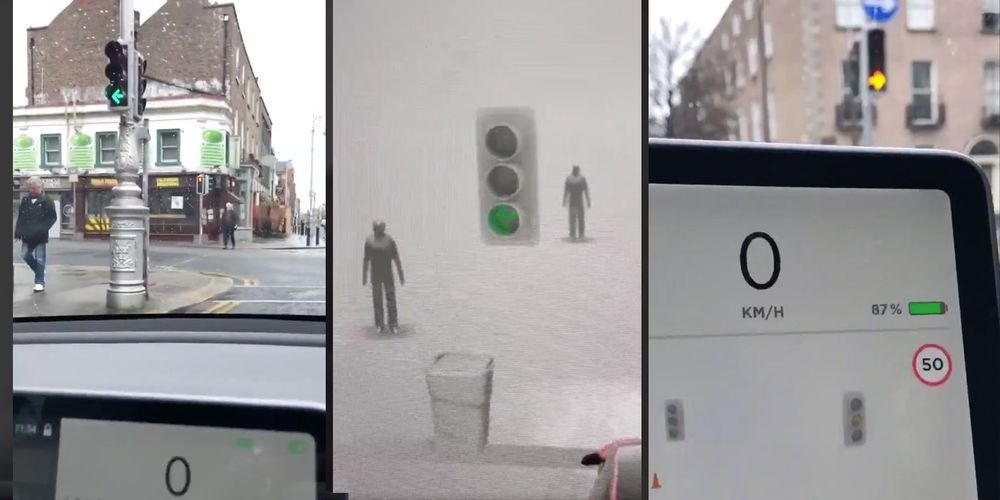
Most of the pieces of Elon Musk’s Master Plan, Part Deux are already in place. Tesla’s mass-market cars, the Model 3 and Model Y, have already been released. The Solar Roof is finally seeing a ramp. And the release of a feature-complete version of the company’s Full Self-Driving suite seems to be drawing closer.
For Tesla’s Full Self-Driving suite to be feature-complete, the electric car maker would need to master inner-city driving. FSD already works for highway driving with Navigate on Autopilot with automatic lane changes. But when it comes to inner-city streets, Full Self-Driving still has some ways to go. Fortunately, if Tesla’s v10.2 2020.12.5 release is any indication, it appears that more and more aspects of city driving are becoming recognized by the company’s neural networks.
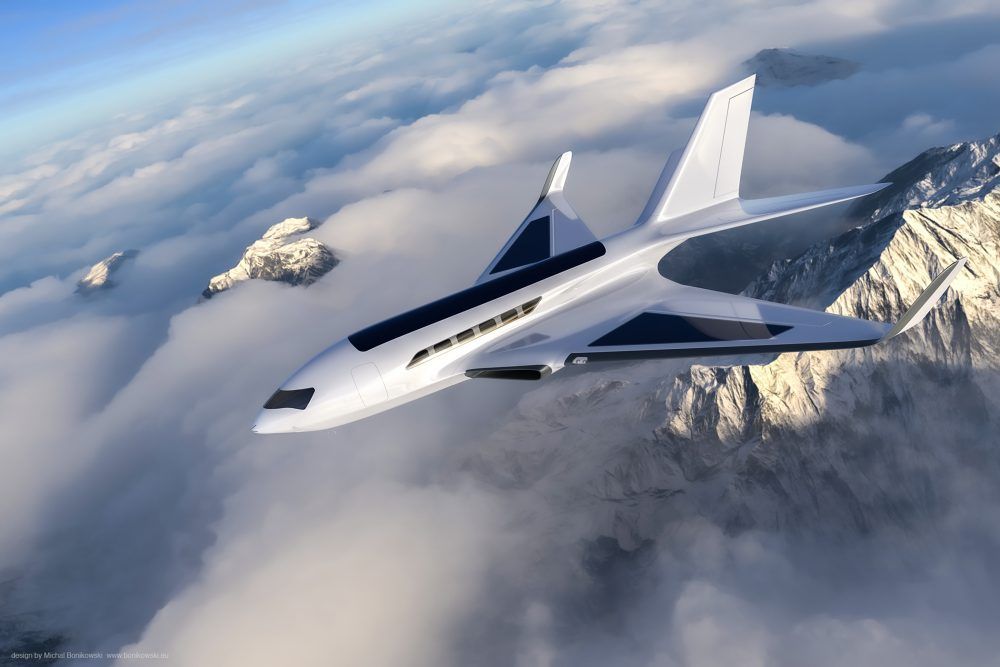
Designer Michal Bonikowski’s concept is probably four or five generations ahead of the current mode of thinking, but Bonikowski told Robb Report that he was inspired by the recent Maveric concept by Airbus. “That aircraft’s unique design helps reduce drag while providing more cabin space,” he said. “I have been thinking a lot about this lately, and wondered what could happen if a big company would like to create an electric plane.”

The Airspeeder vehicle, which weighs about 550 pounds, uses a battery pack that can be swapped out during the race. The packs are expected to last for about 15 minutes. Four 32-horsepower electric motors propel the cars to a top speed of about 125 miles per hour. The vehicle tears through the air between about 15 and 130 feet off the ground.
Matt Pearson, founder of Alauda and the Airspeeder series, said:
In economic terms, the eVTOL (Electrical Vertical Take Off and Landing) sector has the potential to be worth €1.37 trillion ($ 1.5 trillion) by 2040. It is backed by some of the biggest names in aviation, technology, and automotive.

German company Nanoflow Cell unveiled a sleek looking fully electric Quant 48Volt at the Geneva Motor Show this year with the goal of the company bringing the first production car in the world to be powered by saltwater. The Quant 48Volt has two tanks of liquid with dissolved metallic salt which gives them opposite charges. The liquid is separated by a membrane where positively charged ions lose an electron generating electricity.
One fill up of the tanks are good for 621 miles (1,000 km) which astonishingly is greater distance our gasoline vehicles can take us. However, to fill up the tank which has the 3x capacity of large SUV will take quite a bit of time but certainly not hours.
The salt water powered vehicle generates 560kW (760HP) and goes 0-60mph in 2.4 seconds.
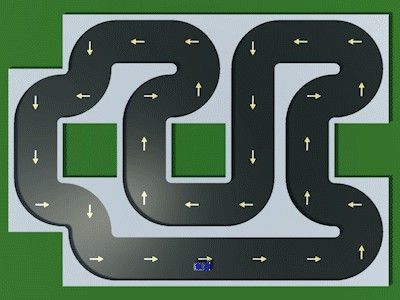
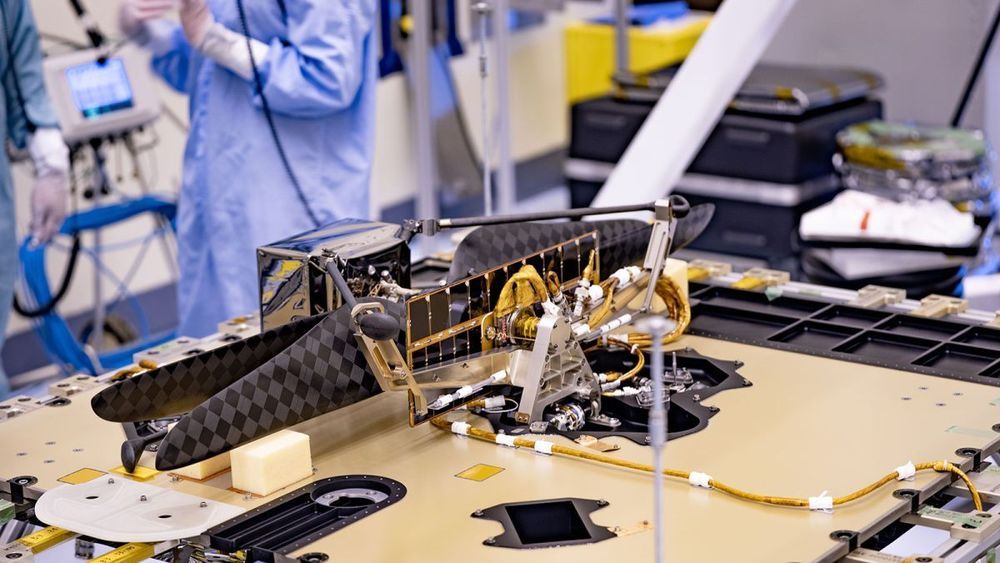

Elon Musk has revealed the reason behind Tesla’s cabin-facing camera that has been in the Model 3 for years without being used.
When Tesla launched the Model 3, it equipped the vehicle with a standard cabin-facing camera located in the rearview mirror.
It has been almost 3 years since Tesla brought the vehicle to production and this camera, which is included in every Model 3, has remained dormant.
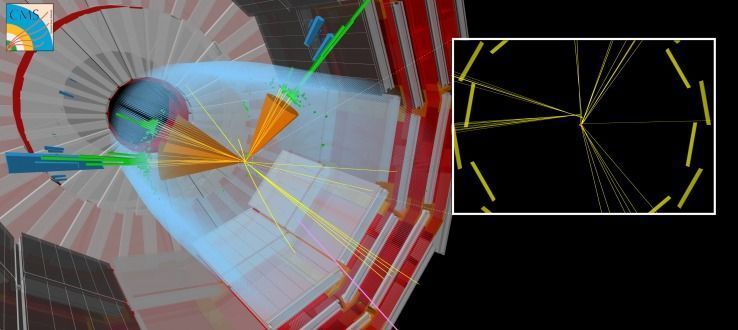
Nowadays, artificial neural networks have an impact on many areas of our day-to-day lives. They are used for a wide variety of complex tasks, such as driving cars, performing speech recognition (for example, Siri, Cortana, Alexa), suggesting shopping items and trends, or improving visual effects in movies (e.g., animated characters such as Thanos from the movie Infinity War by Marvel).
Traditionally, algorithms are handcrafted to solve complex tasks. This requires experts to spend a significant amount of time to identify the optimal strategies for various situations. Artificial neural networks — inspired by interconnected neurons in the brain — can automatically learn from data a close-to-optimal solution for the given objective. Often, the automated learning or “training” required to obtain these solutions is “supervised” through the use of supplementary information provided by an expert. Other approaches are “unsupervised” and can identify patterns in the data. The mathematical theory behind artificial neural networks has evolved over several decades, yet only recently have we developed our understanding of how to train them efficiently. The required calculations are very similar to those performed by standard video graphics cards (that contain a graphics processing unit or GPU) when rendering three-dimensional scenes in video games.